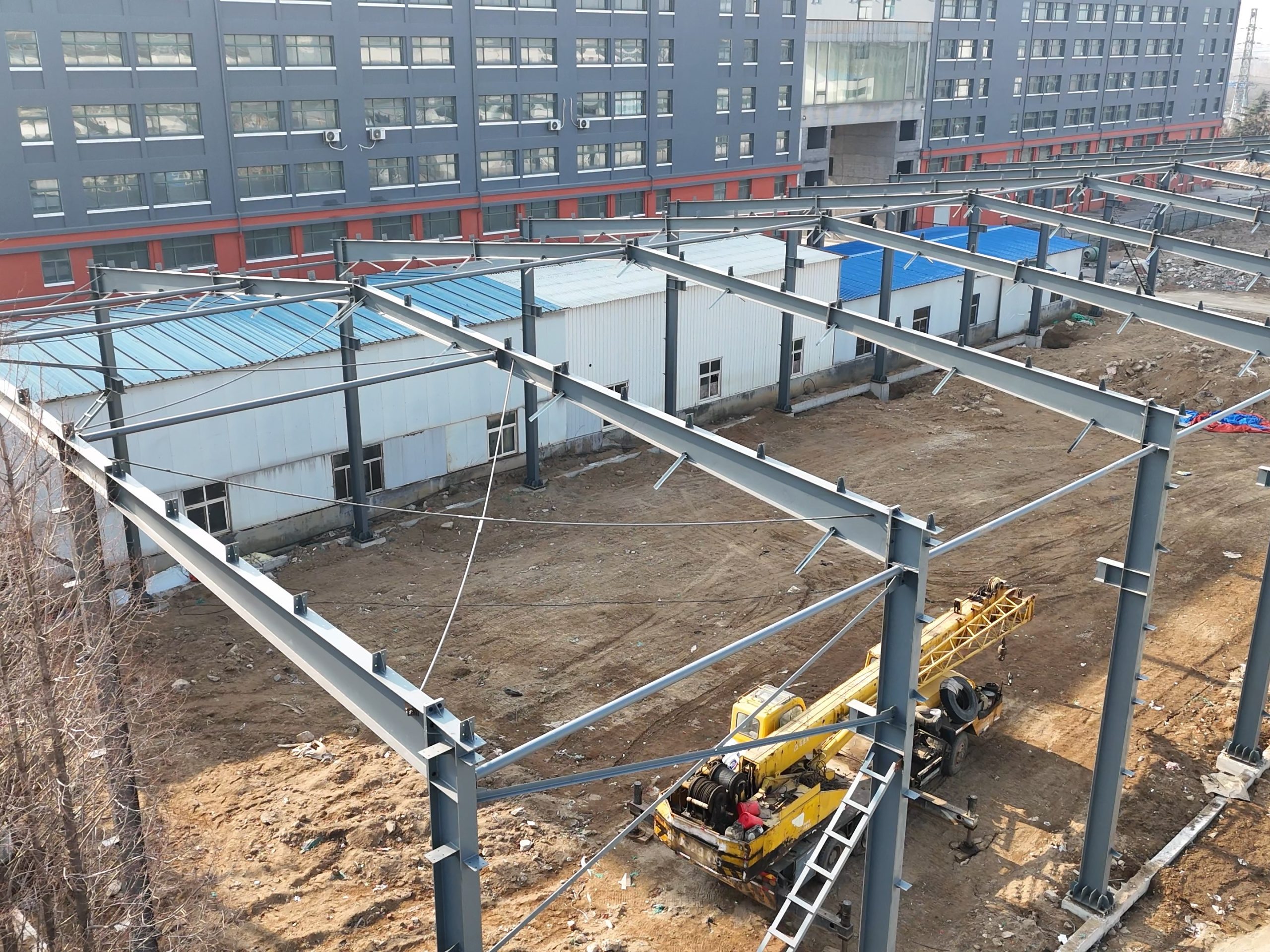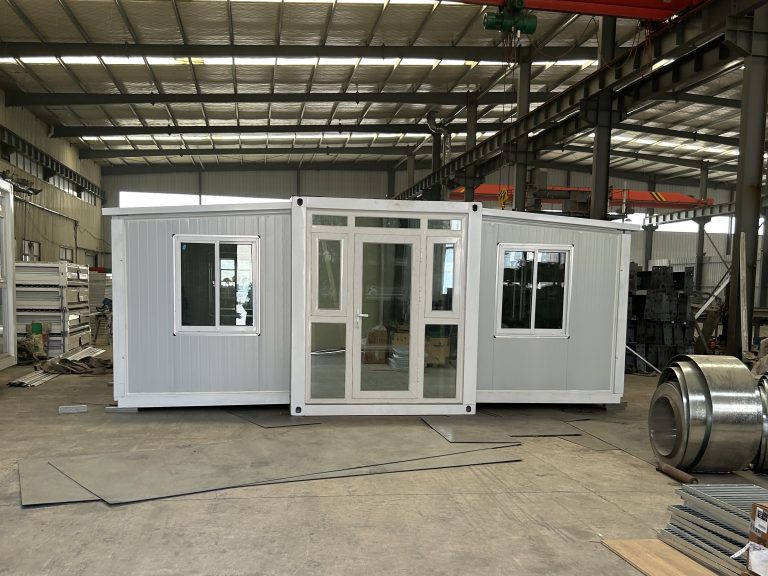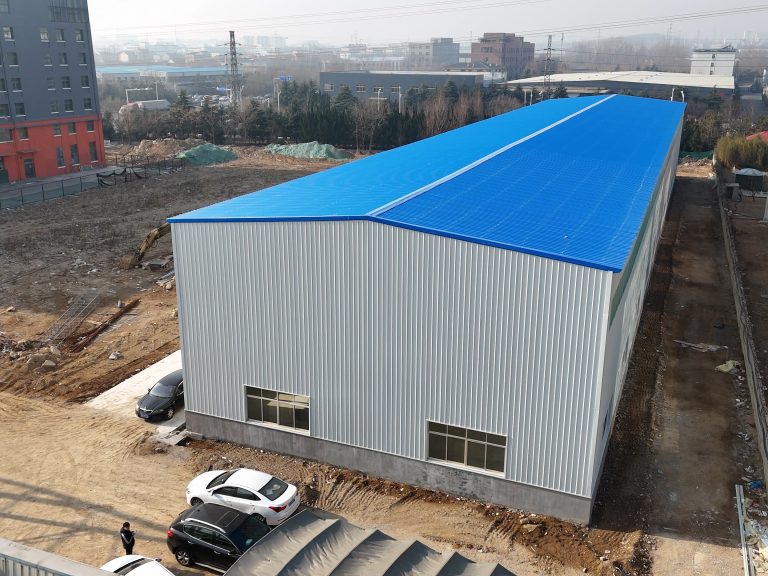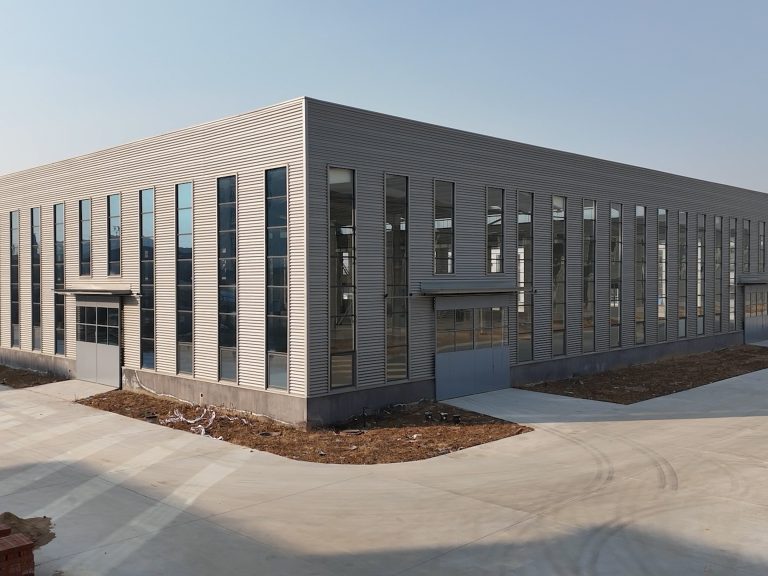Table of Contents
Benefits of Implementing Steel Structure Intelligent Construction Robots
Innovation and application of steel structure intelligent construction robot technology have revolutionized the construction industry in recent years. These robots are equipped with advanced technology and artificial intelligence, allowing them to perform tasks that were once considered too dangerous or time-consuming for human workers. The benefits of implementing steel structure intelligent construction robots are numerous and have the potential to significantly improve efficiency, safety, and overall project outcomes.
One of the key benefits of using steel structure intelligent construction robots is the increase in efficiency. These robots are capable of working around the clock without the need for breaks or rest, allowing for continuous progress on construction projects. They can also perform tasks at a much faster pace than human workers, reducing the overall time it takes to complete a project. This increased efficiency can lead to cost savings for construction companies and clients, as projects are completed more quickly and with fewer resources.
In addition to efficiency, steel structure intelligent construction robots also improve safety on construction sites. These robots are designed to perform tasks that are considered high-risk for human workers, such as working at heights or in hazardous environments. By using robots to complete these tasks, companies can reduce the risk of accidents and injuries on the job site. This not only protects the health and well-being of workers but also helps to minimize downtime and delays caused by accidents.
Another benefit of implementing steel structure intelligent construction robots is the improvement in project outcomes. These robots are equipped with advanced sensors and technology that allow them to perform tasks with a high degree of precision and accuracy. This results in a higher quality of workmanship and a more consistent end product. By using robots to complete tasks such as welding, cutting, and assembly, companies can ensure that their projects meet or exceed industry standards and client expectations.
Furthermore, steel structure intelligent construction robots can also help to address labor shortages in the construction industry. As the demand for skilled labor continues to rise, companies are facing challenges in finding qualified workers to fill key roles on construction projects. By using robots to perform certain tasks, companies can reduce their reliance on human workers and mitigate the impact of labor shortages on project timelines and budgets.
Overall, the innovation and application of steel structure intelligent construction robot technology have the potential to transform the construction industry. By increasing efficiency, improving safety, enhancing project outcomes, and addressing labor shortages, these robots offer a range of benefits that can help companies to stay competitive in a rapidly evolving market. As technology continues to advance, we can expect to see even greater advancements in the field of construction robotics, further revolutionizing the way we build and create the world around us.
Future Trends in Innovation for Steel Structure Intelligent Construction Robots
In recent years, the construction industry has seen a significant shift towards the use of innovative technologies to improve efficiency and productivity. One such technology that has gained traction is the use of steel structure intelligent construction robots. These robots are equipped with advanced sensors, cameras, and artificial intelligence algorithms that enable them to perform a wide range of tasks with precision and accuracy.
The application of steel structure intelligent construction robots has revolutionized the way buildings are constructed. These robots can perform tasks such as welding, cutting, drilling, and lifting heavy materials with ease, reducing the need for manual labor and improving overall safety on construction sites. Additionally, these robots can work around the clock, increasing productivity and reducing construction time significantly.
One of the key advantages of using steel structure intelligent construction robots is their ability to work in tight spaces and at heights that may be dangerous for human workers. These robots are equipped with sensors that allow them to navigate complex environments and avoid obstacles, making them ideal for use in high-rise construction projects. By using these robots, construction companies can reduce the risk of accidents and injuries on the job site, ultimately saving time and money.

Furthermore, steel structure intelligent construction robots are highly versatile and can be programmed to perform a wide range of tasks. This flexibility allows construction companies to adapt to changing project requirements quickly and efficiently, ensuring that deadlines are met and projects are completed on time. Additionally, these robots can be easily reprogrammed for use on different projects, making them a cost-effective solution for construction companies of all sizes.
As technology continues to advance, the capabilities of steel structure intelligent construction robots are only expected to improve. Future innovations in this field may include the use of drones for aerial inspections, 3D printing technology for on-site fabrication, and autonomous robots that can work collaboratively to complete complex tasks. These advancements will further enhance the efficiency and productivity of construction projects, ultimately leading to faster completion times and higher quality buildings.
In conclusion, the innovation and application of steel structure intelligent construction robot technology have the potential to revolutionize the construction industry. These robots offer a wide range of benefits, including increased productivity, improved safety, and cost savings. As technology continues to advance, the capabilities of these robots will only continue to improve, making them an essential tool for construction companies looking to stay competitive in an increasingly fast-paced industry. By embracing this technology and incorporating it into their projects, construction companies can streamline their operations, reduce costs, and deliver high-quality buildings in a timely manner.







